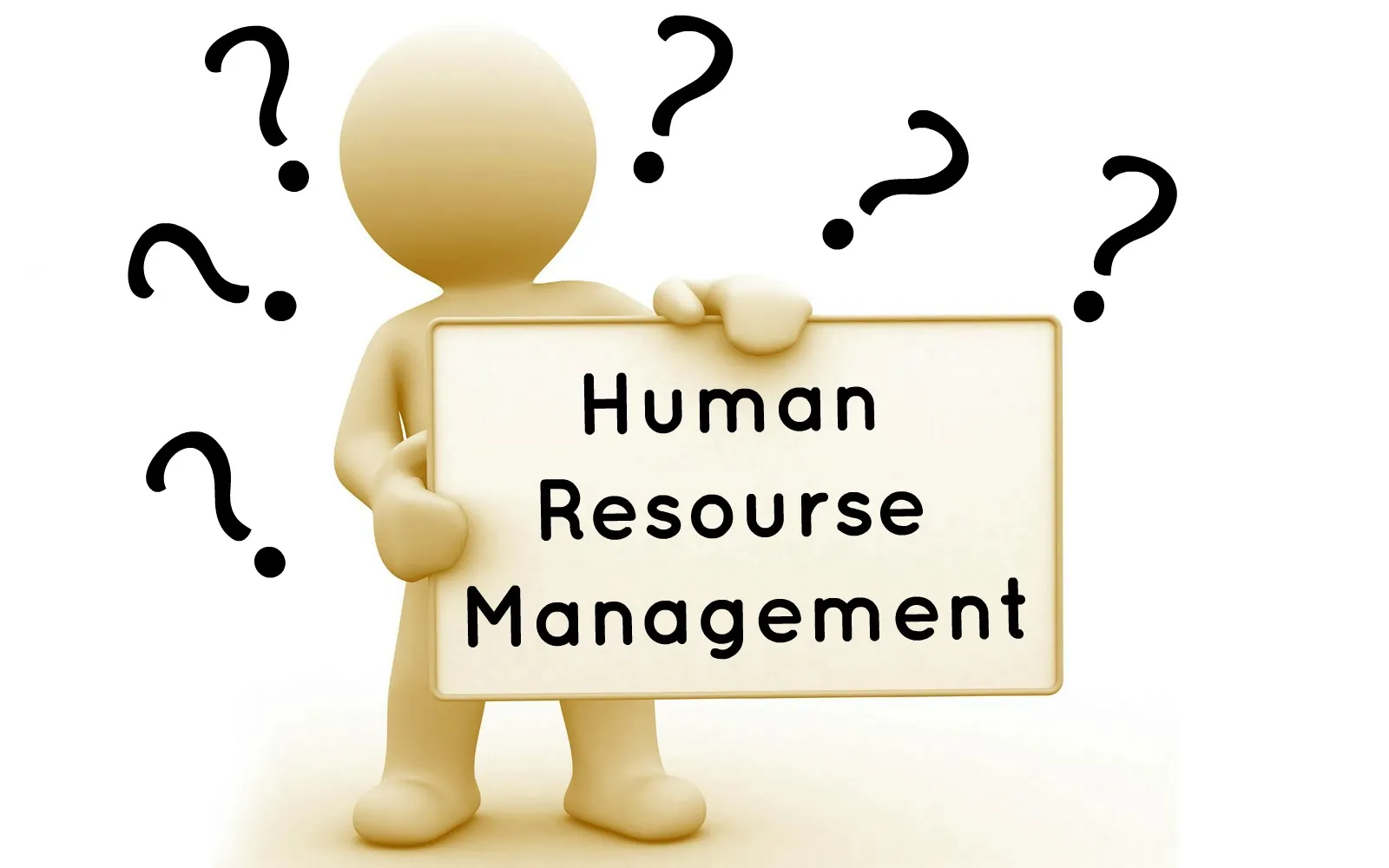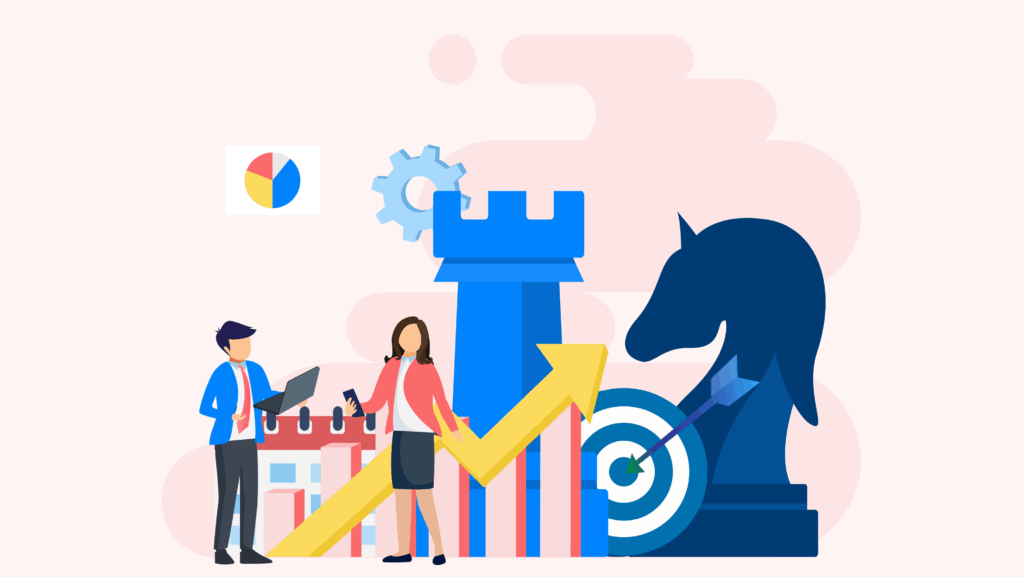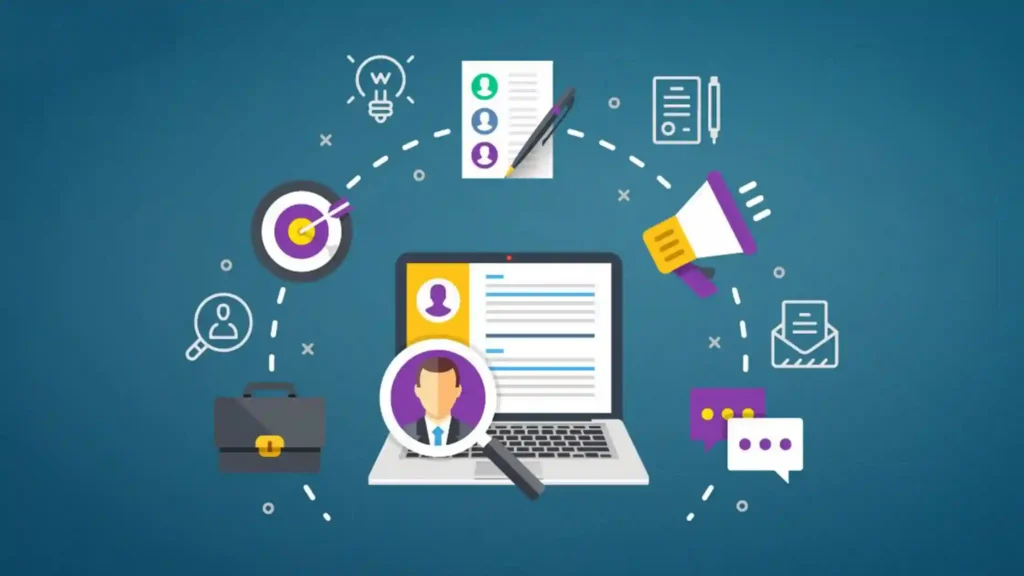
Executive Summary
Human Resource Management (HRM) is a strategic and comprehensive approach to managing people within an organization. It focuses on the recruitment, development, motivation, and retention of employees to achieve organizational goals while also addressing the needs, well-being, and professional growth of individuals.
HRM plays a pivotal role in ensuring that organizations have the right talent, at the right time, with the right skills, aligned with strategic objectives. Beyond administrative functions, HRM encompasses leadership, organizational culture, employee engagement, performance management, compliance, and workforce planning.
This guide provides a detailed exploration of HRM, its components, functions, benefits, challenges, best practices, tools, and trends in the modern workplace.
Table of Content
Introduction
In today’s competitive business environment, the success of an organization is highly dependent on its people. While technology, capital, and processes are essential, human capital remains the most critical asset. Human Resource Management (HRM) ensures that employees are effectively recruited, trained, motivated, and retained, contributing to productivity, innovation, and organizational growth.
HRM is both a science and an art—it combines structured strategies and policies with an understanding of human behavior, motivation, and organizational culture. It bridges the gap between management objectives and employee needs, fostering a harmonious and productive workplace.
The Concept of Human Resource Management
HRM is more than personnel administration; it is a strategic function that aligns human capital with organizational goals. It emphasizes the following principles:
- People-Centric Approach – Treating employees as valuable assets rather than mere resources.
- Strategic Alignment – Ensuring HR strategies support overall business objectives.
- Employee Engagement and Motivation – Encouraging commitment, satisfaction, and productivity.
- Continuous Development – Investing in training, learning, and career growth.
- Compliance and Ethics – Ensuring adherence to labor laws and ethical practices.
- Data-Driven Decision Making – Using HR analytics for workforce planning and performance optimization.
Core Functions of HRM
HRM encompasses multiple functions that work together to manage an organization’s workforce effectively.
1. Recruitment and Selection
- Objective: Attract and hire the right talent for the organization.
- Key Activities: Job analysis, candidate sourcing, interviews, assessments, and onboarding.
- Best Practices: Employer branding, clear job descriptions, structured interviews, and effective onboarding programs.
2. Training and Development
- Objective: Equip employees with the skills, knowledge, and competencies needed for their roles.
- Key Activities: Skill gap analysis, workshops, e-learning programs, mentorship, and career development plans.
- Benefits: Enhances employee performance, retention, and readiness for future roles.
3. Performance Management
- Objective: Measure, monitor, and improve employee performance.
- Key Activities: Setting goals, regular appraisals, 360-degree feedback, performance metrics, and corrective actions.
- Benefits: Aligns individual performance with organizational objectives and promotes accountability.
4. Compensation and Benefits Management
- Objective: Offer competitive salaries and benefits to attract and retain talent.
- Key Activities: Payroll administration, health insurance, retirement plans, bonuses, and rewards programs.
- Impact: Enhances employee satisfaction, loyalty, and motivation.
5. Employee Engagement and Retention
- Objective: Foster a motivated and committed workforce.
- Key Activities: Employee surveys, team-building activities, recognition programs, and career advancement opportunities.
- Outcome: Reduces turnover and builds a positive organizational culture.
6. Labor Relations and Compliance
- Objective: Maintain legal compliance and harmonious labor relations.
- Key Activities: Handling grievances, negotiating with unions, enforcing labor laws, and ensuring workplace safety.
- Importance: Minimizes legal risks and supports a fair and ethical workplace.
7. HR Analytics and Workforce Planning
- Objective: Optimize workforce utilization and strategic decision-making.
- Key Activities: Collecting and analyzing HR data, forecasting talent needs, and planning succession.
- Outcome: Data-driven insights help improve productivity, cost efficiency, and talent alignment.
Related Articles to Explore
Human Resource Management connects deeply with performance, talent, and business operations. Explore these related guides:
- What Is Talent Management? – Learn how managing talent effectively strengthens workforce performance.
- What Is Human Capital Management (HCM)? – Discover strategies for developing, retaining, and optimizing employees.
- What Is Performance Management? – See how tracking employee performance supports HR goals.
- What Is Business Management? – Understand how HRM aligns with overall business strategy.
- What Is Management Consulting? – Explore how consultants help organizations improve HR processes and workforce efficiency.
Strategic Importance of HRM
Human Resource Management is not just a support function; it is central to organizational strategy.

- Aligning People with Strategy – Ensures the workforce is equipped and motivated to achieve business goals.
- Enhancing Organizational Performance – Skilled and engaged employees drive productivity and innovation.
- Promoting a Positive Work Culture – HRM shapes policies, values, and workplace ethics.
- Building Employer Brand – Attracts top talent and enhances reputation in the industry.
- Risk Mitigation – Ensures compliance with labor laws, reduces disputes, and manages workplace risks.
- Sustainability and Growth – Supports talent pipelines and succession planning for long-term stability.
Benefits of Effective HRM
Organizations that implement strong HRM practices gain multiple advantages:
- Increased Productivity – Employees are skilled, motivated, and clear about their roles.
- Higher Employee Satisfaction – Positive workplace culture reduces burnout and stress.
- Lower Turnover – Engaged employees are more likely to stay with the organization.
- Better Talent Acquisition – Competitive compensation, learning opportunities, and branding attract top talent.
- Improved Decision Making – HR analytics inform strategic workforce planning.
- Compliance and Risk Management – Reduces legal issues and maintains ethical standards.
- Innovation and Growth – A motivated and diverse workforce drives creativity and business expansion.
Challenges in HRM
Despite its importance, HRM faces several challenges:
- Talent Shortages – Difficulty in finding skilled employees.
- Rapid Technological Change – Adapting HR processes to AI, automation, and digital tools.
- Diversity and Inclusion – Ensuring equitable opportunities across gender, ethnicity, and background.
- Employee Engagement – Maintaining motivation in hybrid and remote work environments.
- Compliance Complexity – Navigating labor laws, tax regulations, and employment contracts.
- Workforce Retention – Reducing turnover while maintaining morale and loyalty.
- Performance Management – Balancing objective evaluation with employee development.
HRM Techniques and Best Practices
- Strategic Workforce Planning – Forecasting talent needs and planning for succession.
- Continuous Learning and Development – Investing in employee growth and upskilling.
- Employee Feedback Systems – Regular surveys, performance reviews, and open communication.
- Recognition and Reward Programs – Acknowledging achievements and motivating performance.
- Digital HR Tools – Utilizing HRIS, applicant tracking systems, and learning management systems.
- Diversity and Inclusion Programs – Promoting an equitable and respectful workplace.
- Employee Wellness Programs – Mental, physical, and emotional health initiatives.
- Leadership Development – Preparing managers and executives for effective people management.
HRM Tools and Technologies
Modern HRM relies on technology to streamline processes, enhance engagement, and support decision-making:

- Human Resource Information Systems (HRIS) – Centralized employee databases and analytics.
- Applicant Tracking Systems (ATS) – Streamlines recruitment and candidate evaluation.
- Learning Management Systems (LMS) – Online training, skill tracking, and certification.
- Payroll and Benefits Platforms – Automates salary calculation, taxes, and benefits administration.
- Performance Management Software – Goal tracking, appraisals, and 360-degree feedback.
- Employee Engagement Platforms – Surveys, communication tools, and recognition apps.
- HR Analytics Tools – Workforce forecasting, trend analysis, and decision support.
Real-World Applications
HRM plays a critical role across industries and organizational sizes:
- Corporate Organizations – Managing large workforces, talent pipelines, and employee engagement.
- Startups – Recruiting early talent, establishing culture, and developing HR policies.
- Healthcare – Staffing hospitals, training staff, and ensuring regulatory compliance.
- Education – Recruiting teachers, staff development, and performance evaluations.
- Manufacturing – Managing labor-intensive operations, training, and compliance.
- Government and Public Sector – Workforce planning, policy enforcement, and service delivery.
Common Misconceptions
- HRM is Only Administrative – Modern HR is strategic, data-driven, and people-focused.
- HR is Only for Large Companies – All organizations, including SMEs and startups, benefit from HRM.
- HR Manages People, Not Business Goals – Effective HR aligns people strategies with organizational objectives.
- Employees Are Only Numbers – HRM treats employees as valuable assets, fostering engagement and loyalty.
HRM Trends and the Future
The field of HRM is evolving rapidly due to technology, workforce dynamics, and globalization:
- Artificial Intelligence and Automation – Enhancing recruitment, performance tracking, and analytics.
- Remote and Hybrid Work Models – Adapting HR policies, engagement, and collaboration strategies.
- Employee Experience Focus – Holistic approaches to well-being, learning, and career growth.
- Data-Driven HR Decisions – Predictive analytics for talent acquisition and workforce planning.
- Diversity, Equity, and Inclusion (DEI) – Strengthening inclusive workplaces and equitable opportunities.
- Gig Economy Integration – Managing contract and freelance workers efficiently.
- Continuous Learning Culture – Emphasis on lifelong learning, reskilling, and adaptability.
Steps to Implement Effective HRM
- Define HR Strategy – Align human capital plans with organizational goals.
- Assess Workforce Needs – Evaluate current skills, gaps, and future requirements.
- Develop Policies and Procedures – Establish guidelines for recruitment, performance, and compliance.
- Invest in Technology – Implement HRIS, LMS, ATS, and analytics tools.
- Employee Development Programs – Provide training, mentorship, and career pathways.
- Monitor and Evaluate – Track KPIs, engagement, performance, and HR effectiveness.
- Continuous Improvement – Refine policies, programs, and strategies based on feedback and data.
Conclusion
Human Resource Management is a critical function that ensures organizations attract, develop, retain, and motivate employees while achieving strategic goals. It goes beyond administrative tasks to embrace leadership, strategy, engagement, and analytics.
In a rapidly changing business environment, HRM plays a vital role in fostering a skilled, motivated, and diverse workforce, driving organizational success, and enhancing employee well-being. Modern HRM integrates technology, strategic planning, and a human-centric approach to create resilient and thriving organizations.


